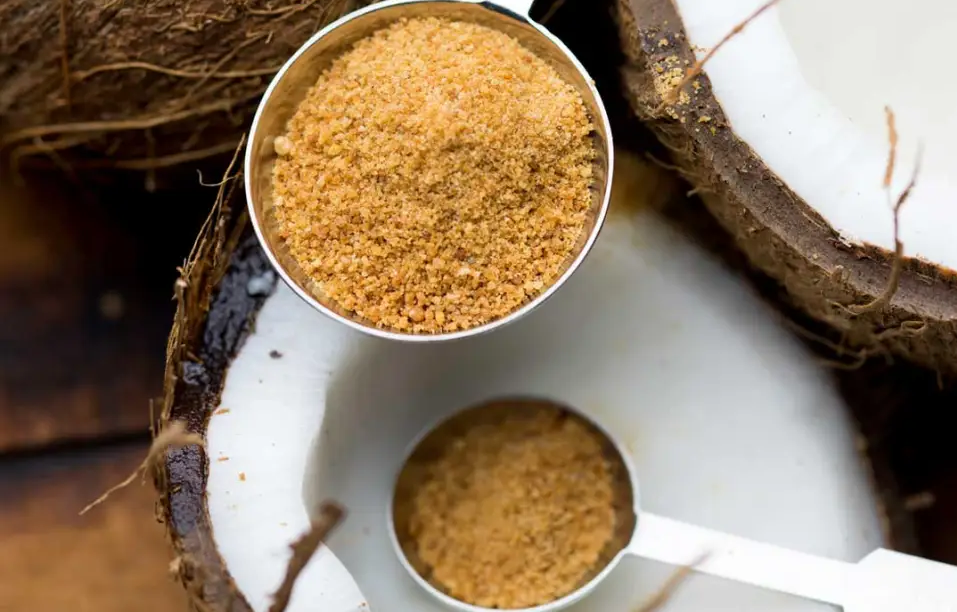Chervil (Anthriscus cerefolium) is an herb that is often used in culinary applications to add flavor to dishes. It is native to Europe and Asia and belongs to the parsley family. Chervil not only imparts a delicate, aromatic flavor to foods but also offers several potential health benefits due to its nutrient-rich composition:
- Rich in Vitamins: Chervil is a good source of essential vitamins, including vitamin A, vitamin C, and vitamin K. These vitamins play various roles in the body, such as supporting immune function, promoting healthy skin, and aiding in blood clotting.
- Antioxidant Properties: Chervil contains antioxidants like flavonoids and carotenoids, which help protect cells from oxidative damage caused by free radicals. Antioxidants may reduce the risk of chronic diseases and support overall health.
- Anti-Inflammatory Effects: Some compounds in chervil, including flavonoids, may have anti-inflammatory properties. Consuming foods with anti-inflammatory properties can help reduce inflammation in the body, which is linked to various chronic diseases.
- Digestive Health: Chervil has been traditionally used to support digestion. It may help soothe the digestive tract and alleviate symptoms like indigestion and bloating when used as a culinary herb or in herbal teas.
- Diuretic Properties: Chervil has mild diuretic properties, which means it may increase urine production. This can help with the elimination of waste and excess fluids from the body, potentially benefiting those with mild water retention issues.
- Potential Blood Sugar Regulation: Some studies suggest that chervil may have a role in helping regulate blood sugar levels, making it potentially beneficial for individuals with diabetes or those at risk of developing the condition.
- Supports Bone Health: Chervil is a source of vitamin K, which is essential for bone health as it contributes to proper calcium utilization and bone mineralization.
- Weight Management: Chervil is very low in calories, making it a suitable herb for flavoring foods without significantly increasing calorie intake. It can be a valuable addition to a weight-conscious diet.
- Aromatic Flavor: The delicate, anise-like flavor of chervil can enhance the taste of various dishes, including soups, salads, sauces, and omelets. Using chervil in cooking can encourage the consumption of nutritious foods.
- Culinary Versatility: Chervil pairs well with a variety of ingredients and cuisines, making it a versatile herb for creative cooking. It is a common ingredient in French cuisine, particularly in fines herbes blends.
While chervil offers potential health benefits, it is typically consumed in small quantities as a culinary herb. Therefore, it should be part of a balanced diet that includes a wide variety of nutrient-rich foods. If you are considering using chervil for its potential health benefits, consult with a healthcare provider or nutritionist for personalized recommendations, especially if you have specific health concerns or dietary restrictions.









One thought on “Exploring the Health Benefits of Chervil: A Nutrient-Rich Herb”